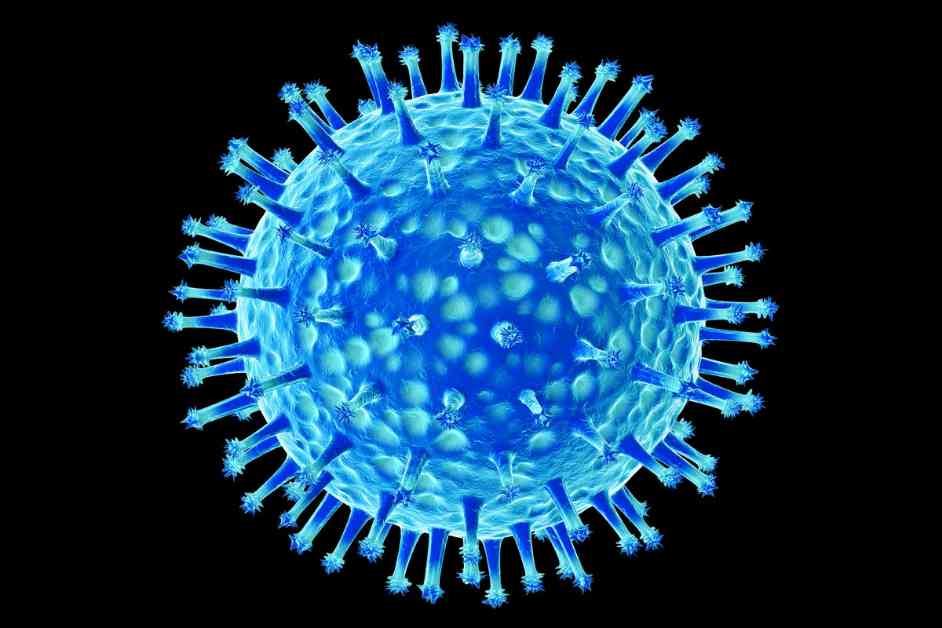Genetic Mutations in Bird Flu Virus Samples from Hospitalized Patient
Samples taken from a hospitalized patient in Louisiana have revealed genetic mutations in the H5N1 avian influenza virus that could potentially enhance its ability to spread among humans. The Centers for Disease Control and Prevention (CDC) made this alarming announcement recently, shedding light on the evolving nature of this deadly virus. The mutations were identified in samples obtained from the patient, indicating a concerning development within the individual’s body.
Implications for Public Health and Preventive Measures
Despite this discovery, the CDC has not altered its current risk assessment for the general public. However, the presence of these mutations underscores the virus’s capacity to adapt to human hosts, posing a heightened threat to human health. The CDC emphasized the critical need for ongoing genomic surveillance in both humans and animals, as well as the importance of containing outbreaks of avian influenza in livestock and implementing preventive measures for individuals exposed to infected animals or environments.
Context and Historical Perspective
The patient in Louisiana marks the first severe case of H5N1 infection in the United States this year, signaling a potential shift in the virus’s behavior. H5N1 has been circulating among wild birds for several years and has now manifested in dairy cows across the country, infecting numerous herds across 16 states. The patient’s viral sequence corresponds to a distinct strain known as D1.1, previously found in wild birds and poultry in the U.S.
Scientific Insights into Mutations and Vaccine Development
The genetic mutations observed in the patient’s samples primarily affect the virus’s hemagglutinin gene, responsible for facilitating cell binding and infection. While such mutations are rare in human cases, their presence in severe infections outside the U.S. raises concerns about the virus’s evolving nature. Fortunately, the samples did not exhibit alterations in sections that could confer resistance to antiviral medications. The genetic sequences closely resemble existing H5N1 strains that can be utilized for vaccine production if necessary.
The evolving landscape of the H5N1 avian influenza virus underscores the importance of continued vigilance and proactive measures to mitigate its spread and impact on public health. As researchers and health officials delve deeper into understanding these genetic mutations, the public must remain informed and engaged in efforts to prevent further transmission and potential outbreaks. Stay tuned for updates on this developing story to safeguard yourself and your loved ones from the risks posed by the ever-changing nature of infectious diseases.










